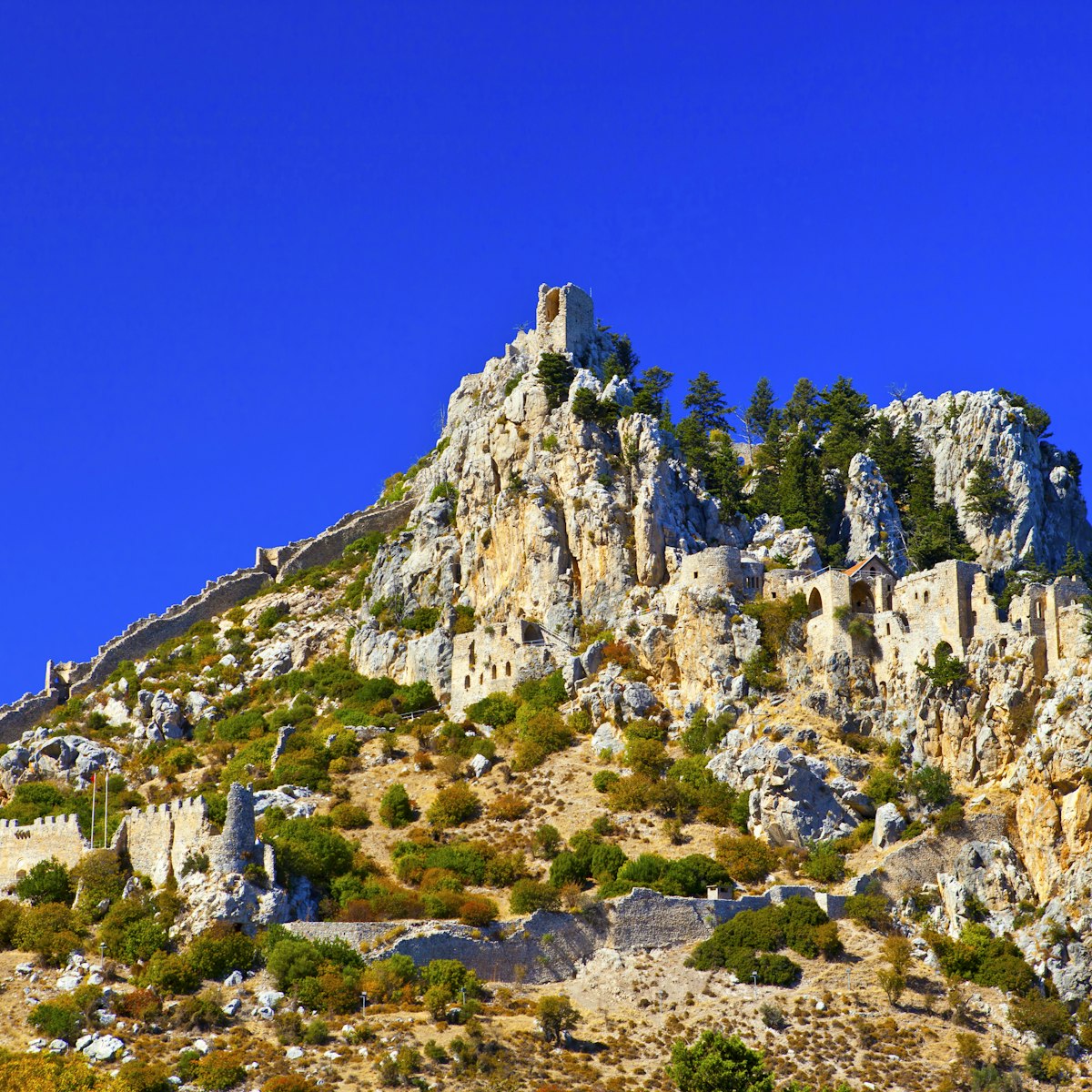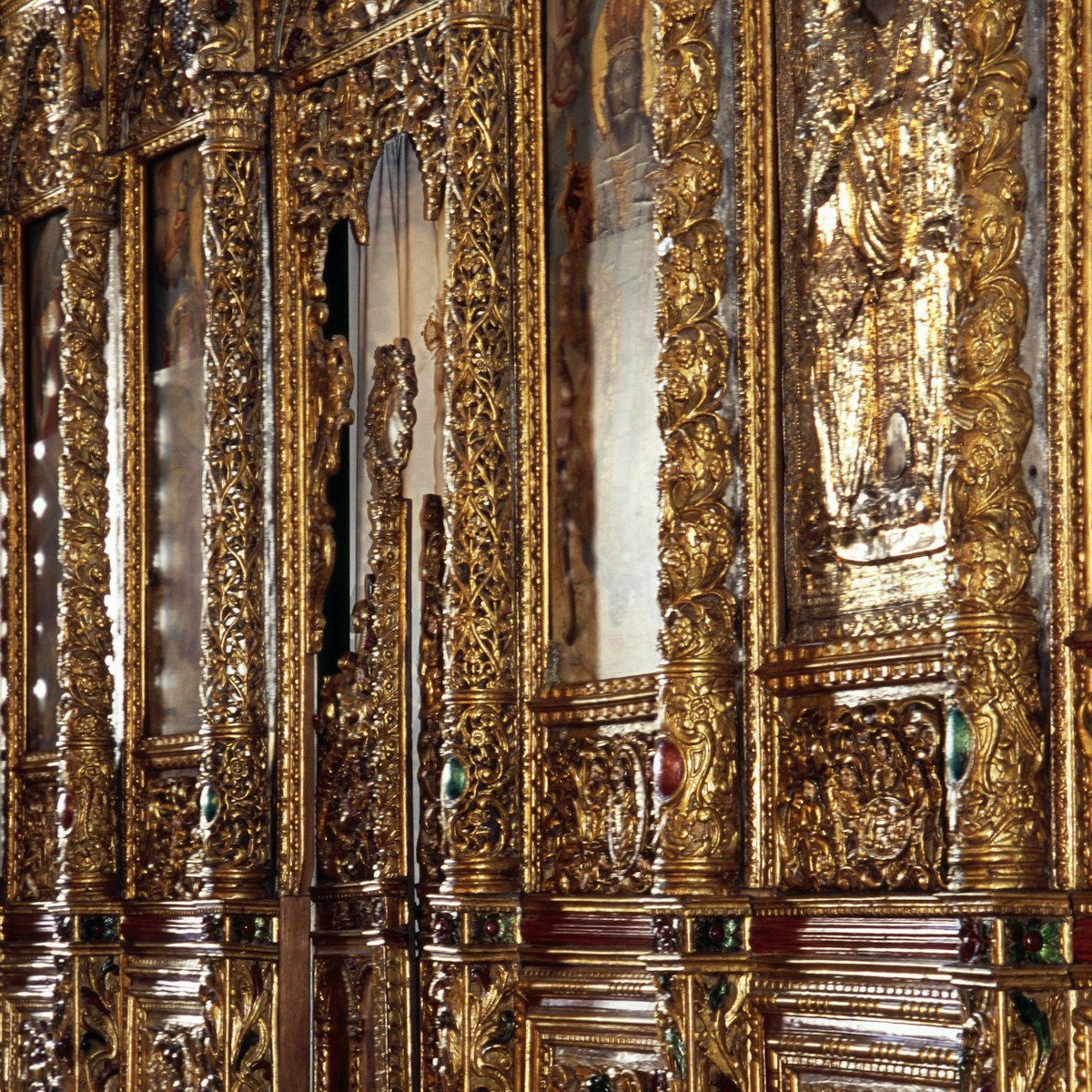The Venetian walls form a border around the Old City and are so unusual that, once seen on a map, you’ll never forget the odd snowflake-like shape.
Dating from 1567, the circular defence wall was erected by the Venetian rulers to ward off Ottoman invaders. Unfortunately it failed. In July 1570 the Ottomans landed in Larnaka and three months later stormed the fortifications, killing some 50,000 inhabitants. The walls have remained in place ever since.
Five of the bastions, Tripoli, D’Avila, Constanza, Podocataro and Caraffa, are in the southern sector of Nicosia. The Flatro (Zeytilni) Bastion on the eastern side of the Old City is occupied by Turkish, Greek Cypriot and UN military forces. The remaining bastions, Loredano (Cevizli), Barbaro (Musalla), Quirini (Cephane), Mula (Zahra) and Roccas (Kaytazağa), are in North Nicosia (Lefkoşa).
The Venetian walls and moat around Nicosia are in excellent condition. They are used to provide car-parking spaces and venues for outdoor concerts, as well as space for strolling and relaxing. In North Nicosia, the walls are in poorer shape and have become overgrown and dilapidated in parts.
Vehicle access points around the walls allow regular traffic access to the Old City.








